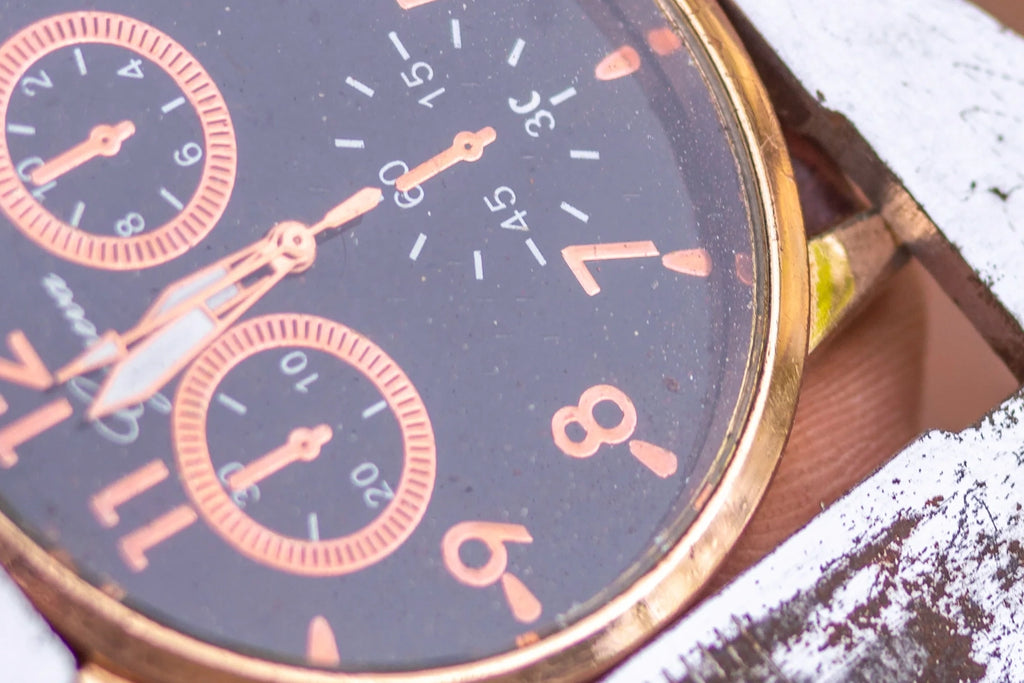HOW BIG OR SMALL OF A WATCH SHOULD YOU BUY?




One of the biggest questions we get when it comes to buying a watch has to do with how large or small the case is. It is one of those times when size really does matter, especially since we are often witnessing different trends in watch sizes. For instance, decades ago, in the mid 20th century, most watches were small. The majority of watches were typically from about 32mm (1.2 inches) in diameter to 34mm (1.5 inches). People were fine with that. The watch was there to tell the time and to look inconspicuous.
But in the 1980’s things started to change. Watches that were 36mm (1.4 inches across)or 38mm (1.5 inches) in diameter emerged on the market. They were more sporty watches and they looked good in larger sizes. Within the coming decades, watches grew progressively larger and eventually would explode in sizes. A 42mm or 44mm (1.73 inches in diameter) watch became the norm and then in the 21st century, we witnessed large 48 and even 52 mm sizes that were more like two inches in diameter coming from daring brands that wanted to be sure everyone sees the watch on your wrist.
Much of the influence on size came from fashion codes and from the new desire to have the watch make a statement. Sometimes, though, size was a byproduct of function. The more complications and features a brand built into a mechanical watch, the more parts were required and the movement would get larger and thicker.
In the past decade, though, we have been witnessing a slimming down of watches – both in diameter and thickness. Today, the 42mm watch is more in demand than at 48mm watch for men and 36mm is a great size for a slimmer wrist. Again, some of this transition has to do with taste and style and some of it has to do with the advent of micro-technology.
Today’s brands can make a mechanical watch smaller in diameter and thinner in thickness than ever before thanks to nano- and micro-technology.

Still, we can find watches on either side of the current “norm” spectrum, especially depending on if the watch is a dress watch or a sports watch. The thing to remember is that size really is a personal preference. However, here are a few hints that may help when trying to decide.
Consider readability. Some people love the look of a mini watch (26-30mm) but find the dial difficult to read. Most of the time these watches are created by designer brands and are meant to be dainty accessories. Cleaner, larger dials are easier to read.
Consider the look. Most people want a watch to sit perfectly on their wrist. If the watch lugs (the pieces that connect the case to the strap) come out too far on the sides of the wrist, the watch is probably too big for you. You could find yourself accidentally snagging it on things. It is best if the entire case sits nicely on your wrist.
Consider the reason you’re buying the watch. If you are buying a watch for a sport you indulge in – like diving or flying — you will most likely want a larger watch that can be worn over a wetsuit and be easily readable. Plus, sports watches like chronographs and field or tool watches tend to be bigger and more rugged so they can go the distance with you.
Consider Comfort. Sometimes watches have an ergonomic fit. The cases are slightly curved to fit the wrist better and be more comfortable. Sometimes they have curved lugs for the same reason. Some people prefer a supple mesh style bracelet to a stiff bracelet because it feels better against the skin and is typically thinner and sleeker looking. Other people prefer straps to bracelets because they are more comfortable with fabric, leather or rubber against the wrist instead of metal that can get hot or cold.
But in the end, like every buying decision you make, it comes down to what you like, what looks good, what has the features and functions you want and what makes your personal statement come to life.

